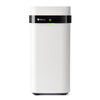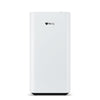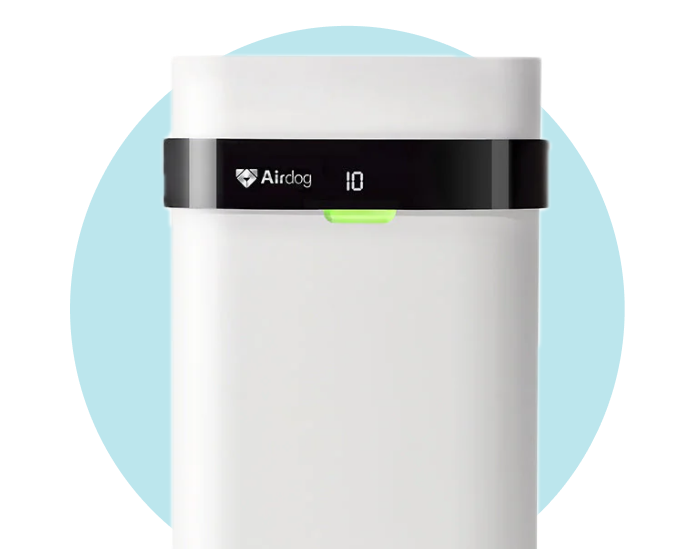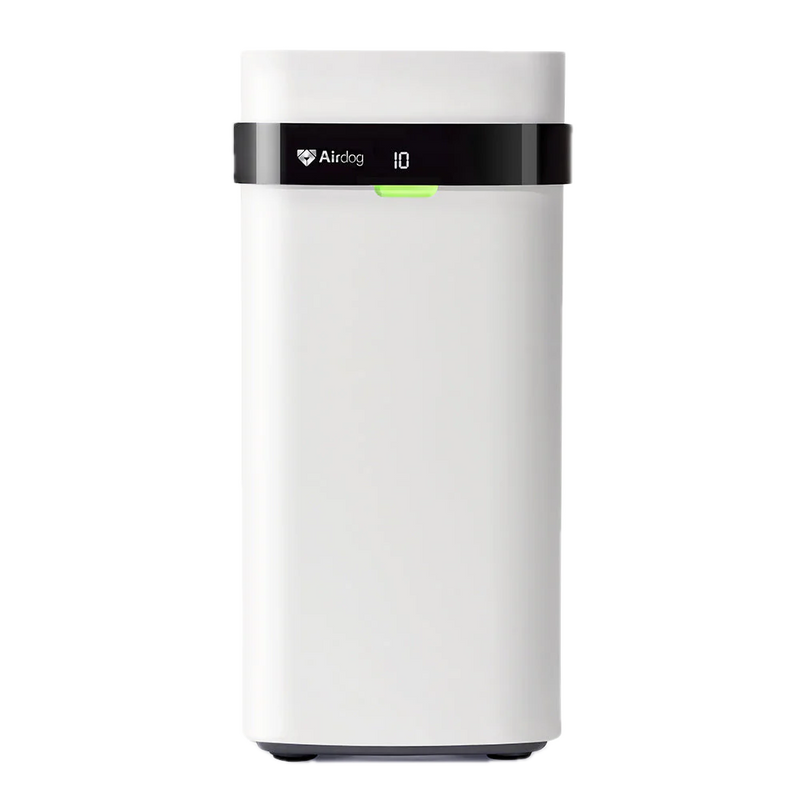Did you know the average household collects about 40 pounds of dust each year? This startling figure highlights an often-overlooked aspect of home maintenance: dust control. For those interested in a healthier lifestyle and eco-friendly living, knowing how to remove dust from air naturally is essential.
From strategic cleaning and natural dusting solutions to the use of indoor plants and smart air purification, there are many ways to reduce dust while supporting your health and the environment. This article explores effective, sustainable strategies to keep your home dust-free, improve indoor air quality, and promote a healthier living environment.
Understanding Dust and Its Impacts on Health
Dust isn’t just a nuisance—it’s a mixture of particles that can affect your health. Common components include:
-
Pet Dander: Tiny, even microscopic, flecks of skin shed by cats, dogs, rodents, birds, and other pets with fur or feathers, which can provoke allergic reactions.
-
Human Skin Cells: Our bodies continuously shed skin cells, a significant component of household dust.
-
Outdoor Pollutants: Pollen, mold spores, and industrial pollutants that enter our homes through open windows, doors, and on clothing and shoes.
-
Fabric Fibers: Tiny fibers shed from carpets, bedding, clothes, and upholstery.
-
Dust Mites: Microscopic organisms that thrive in warm, humid environments and feed on pet dander and human skin cells.
Health Impacts: Dust can trigger allergies, aggravate asthma, irritate the respiratory tract, and even affect skin health. Minimizing dust exposure supports overall wellness and keeps your indoor environment more comfortable.
Natural Dusting Solutions
Moving away from chemical-heavy products, natural methods can effectively reduce dust without harming your family or the environment.
Homemade Dusting Spray
-
Ingredients: 1 cup water, ¼ cup white vinegar, 2 tablespoons olive oil, 10–15 drops of essential oil (like lemon or lavender).
Instructions: Combine water and vinegar in a spray bottle, add olive oil and essential oils. Shake well. Spray lightly onto a microfiber cloth and wipe surfaces prone to dust, such as shelves, furniture, and electronics.
Why it works:
-
Vinegar: Known for its disinfectant properties, vinegar effectively cuts through grime and leaves surfaces not just clean but also less attractive to dust particles. Its acidity neutralizes the static charges on surfaces, preventing dust from clinging.
-
Olive Oil: This kitchen staple is not just for cooking; when applied in small amounts, it acts as a natural polish, giving wooden furniture a beautiful sheen and creating a slightly protective barrier against dust.
-
Essential Oils: Besides imparting a pleasant aroma, essential oils like lavender, lemon, and tea tree have antibacterial and antiviral properties, contributing to a healthier living environment.
Additional Tools:
-
Microfiber Cloths: These trap dust instead of spreading it, are reusable, and can be used damp or dry.
-
Vacuuming: Use a vacuum with a HEPA filter to capture fine particles effectively and prevent them from recirculating.
-
Bedding and Air Vents: Wash bedding weekly in hot water and inspect/clean air vents regularly.
By adopting these natural dusting solutions, you can maintain a cleaner home while supporting eco-friendly living.
Strategic Home Layout
By strategically organizing your home and adopting meticulous cleaning habits, it's possible to significantly reduce dust accumulation. Reducing clutter makes dusting easier and more effective:
-
Minimize Surfaces: Fewer items mean fewer dust magnets. Aim to keep surfaces as clear as possible.
-
Regular Purging: Adopt a routine to regularly assess and eliminate unnecessary items from your home. This not only minimizes dust but also creates a more spacious and inviting environment.
-
Storage Solutions: Utilize closed storage solutions to keep belongings dust-free. This is especially critical for seldom-used items that can otherwise accumulate dust over time.
Indoor Plants for Dust Reduction
Indoor plants don't just beautify your space; they play a crucial role in purifying the air and reducing dust levels. Let's explore some of these plants and understand how they can be integrated effectively into our homes for maximum benefit.
-
English Ivy: Known for its dense foliage, English Ivy is excellent at absorbing particles from the air. Its ability to grow in low light makes it a versatile choice for various indoor settings.
-
Peace Lilies: Not only do they boast beautiful white blooms, but Peace Lilies also have a high transpiration rate, which helps in humidifying and purifying the air.
-
Snake Plants: With their tall, rigid leaves, Snake Plants are adept at filtering airborne toxins and are particularly hardy, requiring minimal care.
Practical Tips for Plant Placement and Care
-
Strategic Placement: Position plants near air entry points, such as windows and doors, to capture dust particles as they enter. Placing them in high-traffic areas can also help reduce dust circulation.
-
Humidity and Light: Ensure that each plant is placed in an environment that suits its needs. For example, Peace Lilies thrive in higher humidity and moderate light, whereas Snake Plants prefer dryer conditions and can tolerate low light.
-
Watering: Follow the watering requirements specific to each plant. Over or under-watering can stress the plant, reducing its effectiveness.
-
Cleaning: Wipe leaves with a damp cloth to remove dust accumulation on the plants themselves, allowing them to breathe and function efficiently.
-
Pruning: Regularly remove dead or dying leaves to encourage healthy growth and maintain the plant's air-purifying capabilities.
By incorporating these plants into your home and following the outlined care tips, you can significantly enhance your indoor air quality naturally. Not only do these plants offer a green solution to dust reduction, but they also add aesthetic value and a sense of tranquility to your living spaces.
Why Natural Methods Sometimes Need a Little Extra Help
Dusting, decluttering, and indoor plants can dramatically reduce household dust, but some tiny particles remain suspended in the air and can slowly settle back onto surfaces. These fine particles are difficult to capture through cleaning alone. Pairing your natural dust removal efforts with a high-quality air purifier ensures even the smallest airborne dust and allergens are filtered out, keeping your indoor air consistently cleaner and healthier.
Enhancing Natural Dust Control with Air Purification
Airdog’s advanced air purifiers complement natural dust reduction strategies perfectly. Using reusable, washable filters and innovative TPA technology, Airdog efficiently captures airborne dust, dander, and other pollutants. This sustainable approach works with your cleaning routines and indoor plants to maintain a dust-free environment year-round without harsh chemicals or frequent filter replacements.
By combining natural methods with an Airdog purifier, you create a cleaner, healthier home in a way that’s both eco-friendly and effortless.






